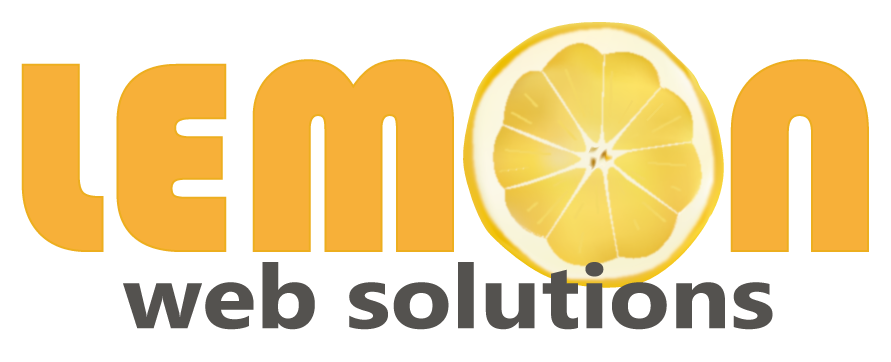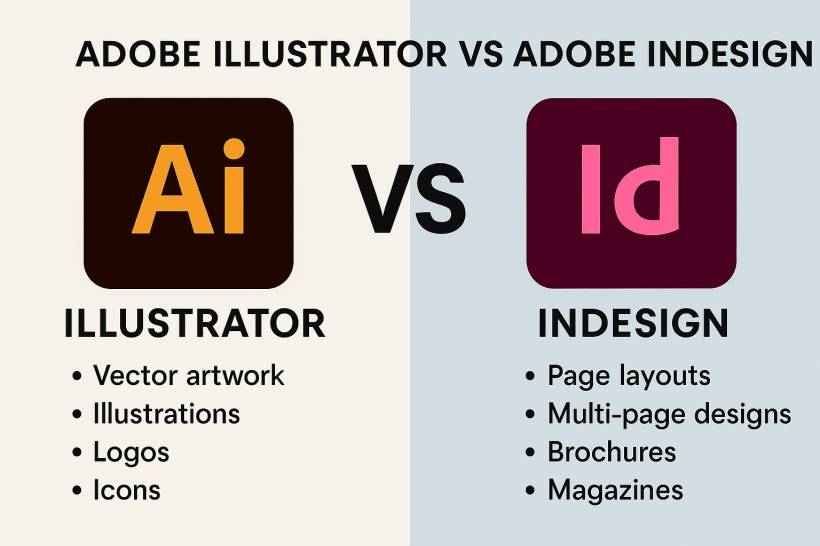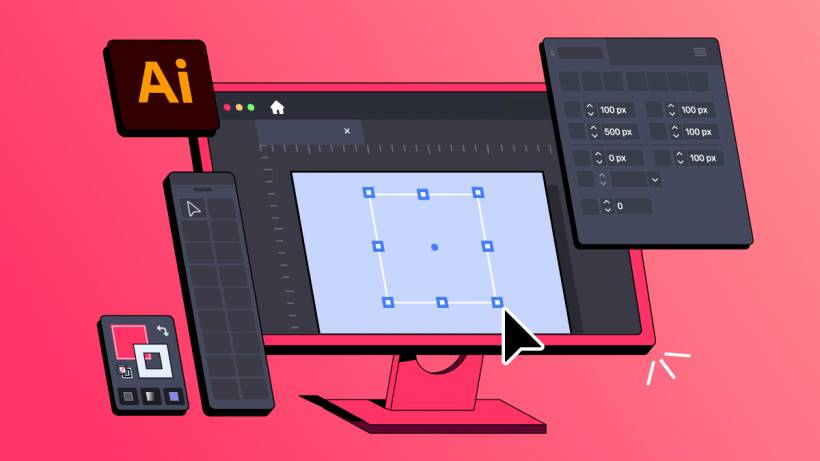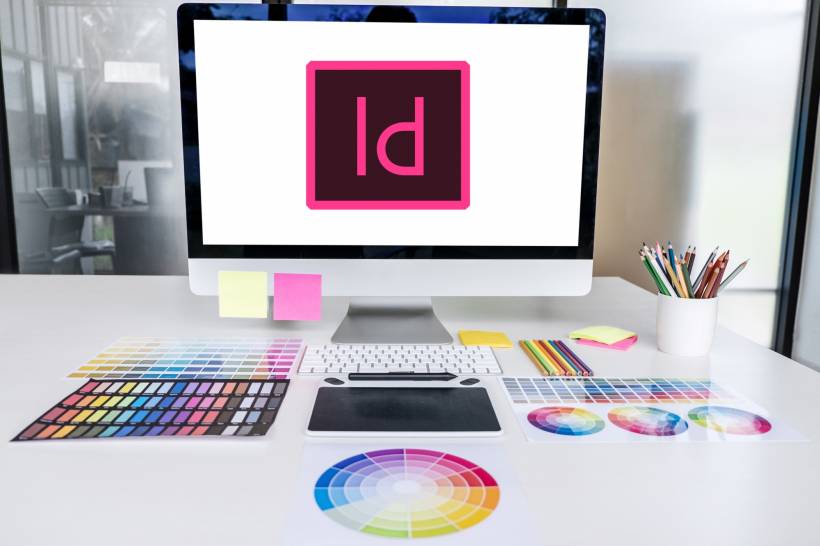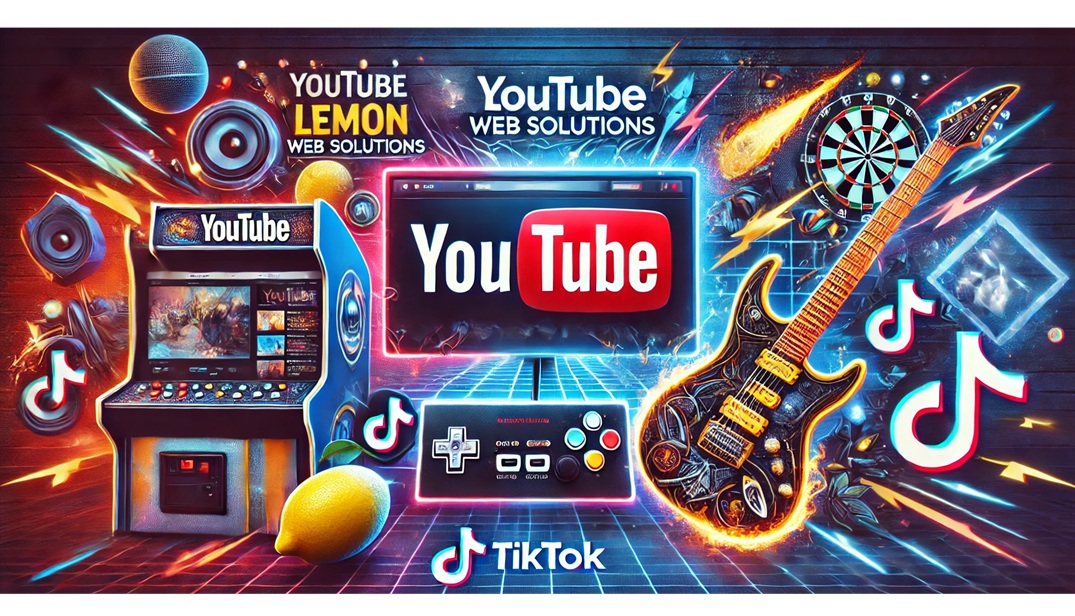If you've ever opened Adobe Creative Cloud and hesitated between Illustrator and InDesign, you're not alone. They look similar, they belong to the same family, and they both create "designs," but their real roles couldn't be more different.
Think of Illustrator as the creative artist, and InDesign as the layout architect. One draws, the other organises.
Let's dive deeper into what they actually do, and when you should choose one over the other.
Illustrator: The Precision Artwork Powerhouse
Illustrator revolves around vector graphics — smooth, scalable shapes that stay sharp at any size. That's why it's the industry favourite for artwork, icons, and anything that must look clean both digitally and in print.
Where Illustrator shines:
InDesign: The Master of Layout, Text, and Publications
InDesign is built for structure. Its real strength is handling large volumes of text and organising content across many pages — all while keeping everything clean, consistent, and publisher-ready.
Where InDesign excels:
Illustrator vs InDesign: Key Differences That Actually Matter
Below is a clear table comparing both apps based on purpose, strengths, workflows, and real-world usage.
| Feature / Aspect | Adobe Illustrator | Adobe InDesign |
| Primary Purpose | Creating vector artwork, illustrations, logos | Designing structured, multi-page layouts |
| Core Strength | Precision graphics, drawing tools, scalable art | Typography, text formatting, page layout control |
| Best Used For | Logos, posters, icons, infographics, illustrations | Magazines, brochures, books, reports, catalogues |
| File Handling | Single-page or artboard-based, asset-focused | Multi-page documents with flowing text |
| Text Handling | Basic text editing and stylising | Advanced text styling, linked frames, master styles |
| Scaling / Resizing | No quality loss due to vector design | Mostly layout-based, not ideal for drawing |
| Tools Provided | Pen Tool, Shape Builder, brushes, vector effects | Master pages, style sheets, grids, columns |
| Output Type | Graphic elements, artwork, print-ready visuals | Publications, print layouts, marketing materials |
| When It's Preferred | Artistic tasks, brand identity creation | Any project with heavy text and structured pages |
Illustrator vs InDesign: Key Differences That Designers Often Overlook
Side-by-side comparison with deeper insights.
| Comparison Point | Illustrator | InDesign |
| Creative Flexibility | High. Superior for drawing, icons, shapes. | Medium. More focused on layout than drawing. |
| Handling Large Amounts of Text | Limited. Suitable only for small text blocks. | Excellent. Designed for text-heavy projects. |
| Speed on Multi-Page Projects | Slows down with heavy assets. | Optimised for many pages and linked content. |
| Learning Curve | Steeper for drawing precision. | Easier for layout beginners. |
| Export Options | Great for PNG, SVG, EPS, AI files. | Excellent for print-ready PDFs and publications. |
| Collaboration Workflow | Often used by artists and brand designers. | Often used by marketing, editorial, publishing teams. |
| Ideal End Goal | Creating the visuals. | Publishing the visuals. |
Real-World Scenario: Which App Should You Open?
This section expanded with richer detail and practical examples.
Choosing between Illustrator and InDesign becomes much clearer when you imagine yourself working on actual projects. Here are common scenarios designers face, and why one app works better than the other.
Scenario 1: Designing a Corporate Brochure
A brochure typically involves multiple pages, paragraphs, photos, and consistent formatting.
InDesign keeps the brochure clean and consistent. Illustrator provides the polished visuals inside it.
Scenario 2: Creating a Logo for a New Brand
A logo may need to appear on websites, business cards, billboards, T-shirts, and even the side of a building.
InDesign isn't built for logo creation, and using it will only limit your toolbox.
Scenario 3: Producing a 100-Page Annual Report
This is where InDesign becomes the hero.
InDesign handles large publications professionally and efficiently.
Scenario 4: Designing a Poster or Event Banner
If your design is mostly visuals — big title, a few text elements, creative imagery —
Only consider InDesign if this poster is part of a larger set (like a campaign kit with multiple layouts).
Scenario 5: Preparing a Magazine
Magazines involve numerous pages, image placements, columns, and recurring layouts.
This combination is the industry norm — art from Illustrator, layout from InDesign.
Scenario 6: Creating Social Media Templates
If the focus is on visual creativity and you need to tweak shapes, colours, or illustration styles:
InDesign is overkill here.
Do Professionals Use Both? Absolutely — And Here's How
Here's a much more detailed explanation of why designers rely on both apps together.
Professional studios, agencies, and in-house design teams almost always use Illustrator and InDesign side by side because they serve different phases of the creative workflow.
Illustrator's role in the workflow:
InDesign's role in the workflow:
Why both apps are better together:
In short, Illustrator creates the ingredients. InDesign is the kitchen where everything gets arranged, prepared, and served professionally.
Final Thoughts: Pick the Right Tool for the Right Job
If you understand the difference between a drawing app and a publishing app, you're already ahead.
Neither is better; they just excel in different areas. The magic happens when you combine them — artwork crafted perfectly in Illustrator, arranged neatly in InDesign. Choose based on the project. And don't hesitate to use both together; that's exactly how professional studios and agencies work every day.
